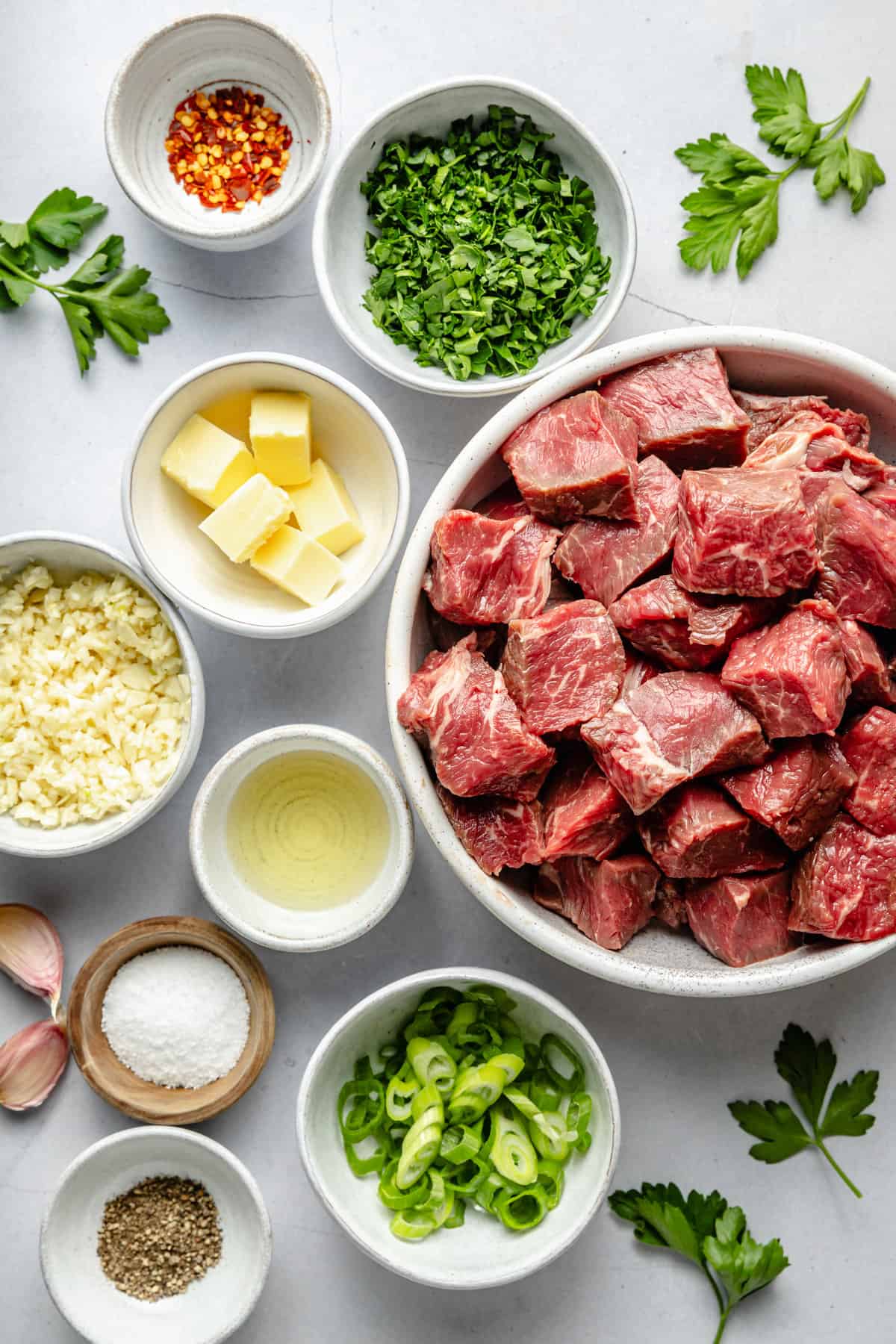Necessary Meat Storage Space Tips for Maintaining Quality and Taste
Necessary Meat Storage Space Tips for Maintaining Quality and Taste
Blog Article
From Farm to Table: Fresh and Premium Meat Choices
The journey of meat from ranch to table envelops a complicated interplay of quality, values, and sustainability. With a raising focus on fresh and exceptional alternatives, consumers are currently a lot more inclined to consider the beginnings of their food, causing a renewed emphasis on lasting farming practices and pet well-being criteria. This shift not just improves the dietary profile of meat yet also sustains regional economies. The implications of these choices expand far past personal wellness and regional farming. What does this mean for the future of food systems and customer practices?
Recognizing Meat Sourcing
As consumers end up being significantly familiar with the origins of their food, comprehending meat sourcing has obtained critical value. Meat sourcing entails mapping the trip of meat from ranch to table, incorporating various aspects such as farming methods, pet welfare, and environmental effect. This understanding encourages customers to make informed options that align with their values, especially pertaining to sustainability and ethical factors to consider.
The sourcing of meat can vary considerably based upon several criteria, consisting of the sort of livestock, farming approaches, and geographical place. As an example, grass-fed beef usually originates from pasture-based systems that promote animal welfare and decrease environmental deterioration. On the other hand, conventional meat may involve extensive farming methods that elevate problems pertaining to antibiotic usage and habitat devastation.
Additionally, traceability plays a vital duty in meat sourcing. Understanding the certain ranch or area where the meat stems helps customers make sure quality and security. Many customers now seek accreditations or tags that suggest gentle treatment and lasting practices, mirroring an expanding need for transparency in the food supply chain. Eventually, comprehending meat sourcing not only improves customer selection but additionally cultivates accountable intake and supports ethical farming techniques.
Benefits of Fresh Meat
Picking fresh meat provides numerous benefits that extend past flavor and appearance. Fresh meat commonly maintains greater dietary value contrasted to its frozen or refined counterparts. It is usually richer in vital vitamins and minerals, such as B vitamins, iron, and zinc, which are critical for preserving total health and wellness.
In addition, the sourcing of fresh meat often entails shorter supply chains, minimizing the time between farm and table. This suggests that the meat is less most likely to shed its nutritional honesty during transportation and storage space. Furthermore, customers can experience boosted taste and juiciness, which can elevate cooking experiences.
Fresh meat likewise provides a chance for customers to support regional farmers and promote sustainable farming techniques. When buying from regional resources, individuals can contribute to their regional economic situation and foster a higher link to the food they eat.
Finally, fresh meat is normally devoid of the chemicals and additives typically found in processed alternatives. This makes it a cleaner, much healthier alternative for those seeking to lessen their intake of synthetic ingredients. In general, the benefits of picking fresh meat incorporate health and wellness, taste, and a sense of area involvement.
Pet Welfare Standards
Making certain high pet welfare requirements is vital for both ethical factors to consider and the top quality of meat products. The therapy of animals directly affects not only the moral ramifications of meat production yet also the overall top quality and security of the end items. Animals elevated in humane problems are less worried, causing healthier pets and, consequently, premium meat high quality.
Regulations and qualifications concerning pet welfare have actually become progressively significant in the meat market. These structures make sure pets are offered with adequate space, correct nutrition, and humane handling throughout their lives. Practices such as pasture-raised systems and free-range settings add to far better animal welfare by enabling pets to display all-natural behaviors, which is critical for their health.
Furthermore, customers are ending up being extra discerning relating to the resources of their meat, resulting in an expanding need for items that comply with rigid pet welfare requirements. This change not only promotes honest farming practices but likewise motivates producers to adopt procedures that improve the health and wellness and well-being of their pets. Meat. Ultimately, focusing on animal well-being is not just a moral imperative; it is additionally a pathway to creating go to my blog premium-quality meat that fulfills consumer expectations

Lasting Farming Practices
Sustainable farming practices play a crucial function in enhancing both animal welfare and the quality of meat products. These techniques highlight the value of ecological stewardship, moral treatment of animals, and source performance. By executing rotational grazing, farmers can promote healthy field ecosystems, enabling pets to feed on nutrient-rich lawns while preventing overgrazing. This technique not just sustains animal health however additionally enriches the soil, minimizing the demand for synthetic fertilizers.
Additionally, lasting farming usually incorporates integrated insect administration and organic feed choices, lessening making use of hazardous chemicals. This technique not just safeguards animal wellness however likewise results in cleaner, much safer meat items for customers. Water conservation methods, such as rainwater harvesting and effective irrigation systems, even more contribute to sustainable practices, guaranteeing that resources are used judiciously.
Moreover, fostering biodiversity via polyculture systems and maintaining environments for wild animals improves the durability of farming communities. By prioritizing these lasting approaches, farmers can create top notch meat that satisfies consumer demand while advertising eco-friendly balance. Eventually, accepting lasting farming techniques is essential for developing a much more responsible and resilient food system that profits animals, farmers, and consumers alike.
Finding High Quality Over Quantity
Regularly, customers are faced with the problem of selecting in between amount and quality when it involves meat products. While purchasing bigger quantities might seem financially helpful, the long-term advantages of selecting high-quality meat much surpass the immediate cost savings. Quality meat is usually sourced from pets raised in lasting atmospheres, where they are given proper nourishment and care, bring about remarkable taste and nutritional worth.
Top quality meats are usually free from dangerous ingredients, hormones, and anti-biotics that are frequently existing in mass-produced options (Meat). This not only makes certain a healthier eating experience yet likewise supports honest farming techniques that prioritize animal well-being. Additionally, premium meats often tend to have a better structure and taste, boosting the overall culinary experience
Buying quality meat encourages customers to value smaller parts, enabling an extra mindful method to consuming. This change not just impacts this personal health and wellness favorably yet additionally promotes sustainable usage patterns that can benefit the setting. Finally, prioritizing quality over quantity when choosing meat items cultivates an extra liable and health-conscious lifestyle, ultimately enriching both the dining experience and the world.
Final Thought

Report this page